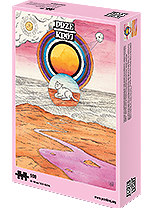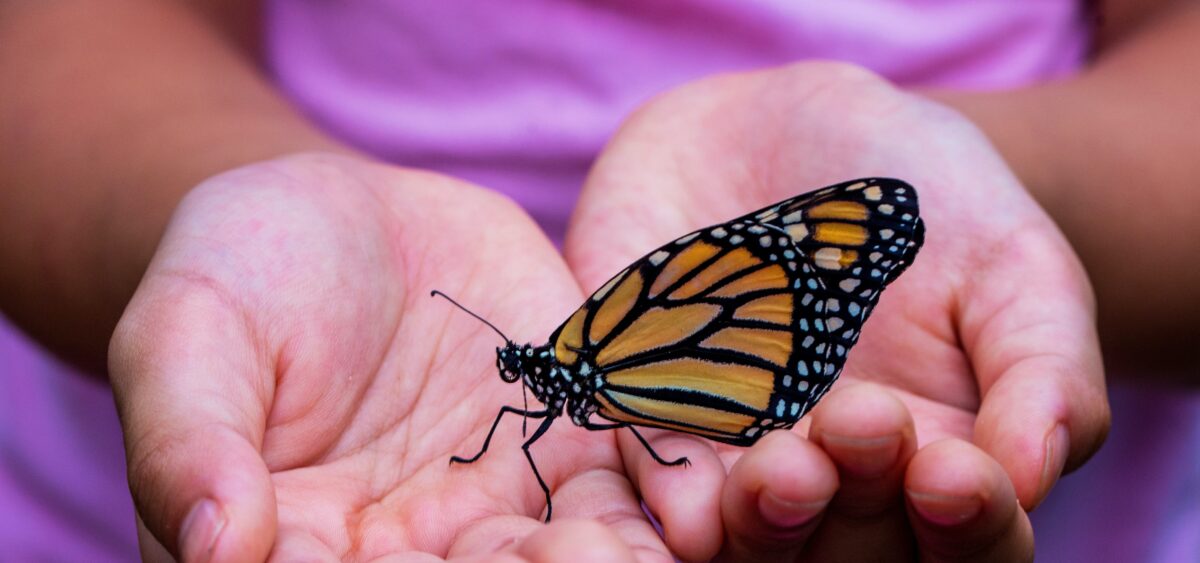
The Butterfly Touch is one of the shortest and the most delicate massages in the world. Its power lies not in strength but in gentleness.
The baby was motionless, its eyes closed, its skin blue. It wasn’t breathing. The staff in the room froze, fixed their eyes on Dr Eva Reich, and waited wordlessly. The young doctor bent over the child and started to stroke it, so delicately that she barely brushed over the tiny hands and legs, gently moving over the little belly, almost without touching it. Her every move, in all its softness and smoothness, was simultaneously energetic and assured. After a moment, the little body twitched. The skin grew pink, the chest expanded and started to rise. The baby opened its eyes. Another life saved.
Reich assisted with difficult births and looked after infants whose lives were endangered. There were a lot of them in her care because Harlem Hospital in New York catered for premature babies from all over the city. It was the start of the





